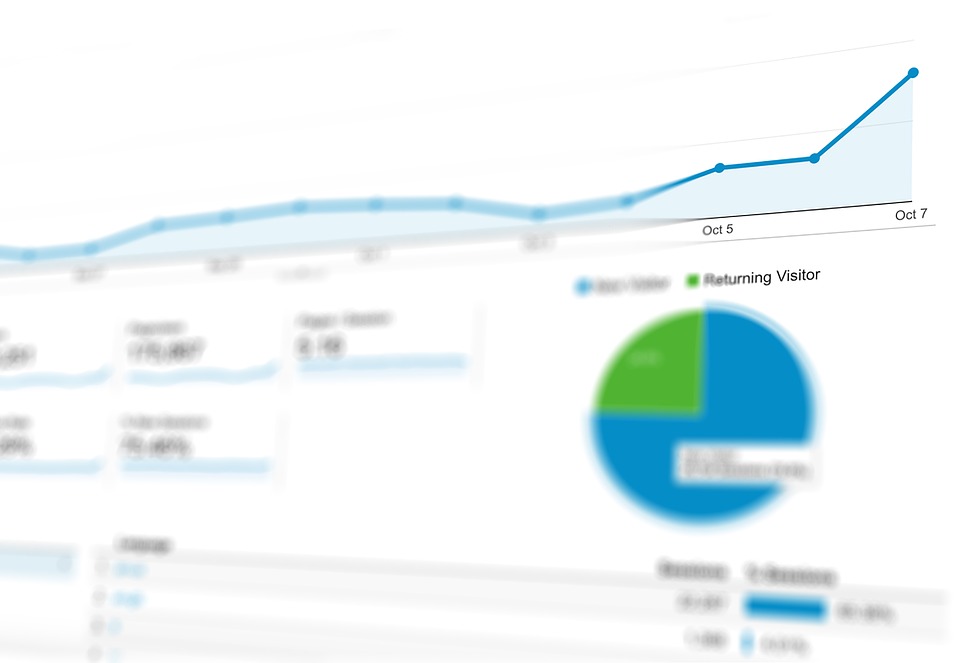If you’re like most designers, you have several clients who pay you a monthly fee for website maintenance regardless of what needs to be done. Most clients don’t mind when several months go by without an update; they pay the fee to secure you when needed.
Website maintenance is a good source of regular income – and it’s the industry norm – but is it fair to collect a check without doing any work?
If you’re even slightly bothered by getting paid for doing nothing, even when your client has no work for you to do, here’s how you can earn those monthly maintenance checks:
1. Provide regular status reports with analytics
What website stats can you collect for your clients? Start providing your clients with data reports on a weekly or monthly basis. Collect analytics that matter. For example, gather stats like traffic, page views, referring URLs, and duration of

Don’t just give your clients a list of figures. Organize the data so it makes sense. For example, if you have access to their CRM account, lay out your client’s email marketing stats for every email sent within the time period of your report. Make note of any correlating spikes in traffic or sales. Help your client see how their marketing efforts are working for (or against) them.
2. Look for problems and offer solutions
Each month, browse your clients’ websites to look for problems. Scan the text for spelling and formatting errors and offer to fix those mistakes as part of their ongoing maintenance plan. It won’t take much time to correct small mistakes.
Look through your clients’ websites as if they were your own. Your clients’ website should be their best salesperson. Ask yourself questions like:
- Does the site convey the brand’s message?
- Is it easy to navigate?
- Is the website responsive?
If the answers are no, come up with a solution and present it to your client while offering to fix it.
Run each website through a speed test to see how fast the pages load. Can any images be compressed or resized? What else can be done to increase speed? Let your client know you can tweak their site to increase page speed if they’d like. Remind them that not everyone has cable internet; many users still use DSL.
If they’re still not convinced, let them know Google takes page load speed seriously. As of July 9, 2018, Google rolled out their “Speed Update,” which gives weight to page load speed for both desktop and mobile websites. Optimizing for speed is more important than ever.
3. Rewrite deprecated code
This one may not be the most convenient, but it’s necessary. Anytime you learn of certain code becoming deprecated, rewrite it for your clients. At some point in the future, their site will stop working, and you’ll have a mess on your hands.
You’ll have to do it eventually. It makes sense to do it now, incrementally.
4. Send a refund or offer a discount at the end of the year
Say your client has paid you a $200 monthly maintenance fee for the entire year ($2,400) and you’ve barely performed five hours of work. Send your client a refund for a portion of what they’ve paid. Don’t ask them, just send it.
If you haven’t earned the entire $2,400, but you’ve performed a significant amount of work, offer your client a discount on their next project – or a discount on their subsequent monthly maintenance fees.
5. Upgrade your client’s site when necessary
Do your clients use WordPress, or other software that requires regular updates? You may not have agreed to take on the responsibility of keeping your client’s site software updated, but if you don’t do it, who will?
It’s rare for clients to stay on top of updates. If their site doesn’t automatically update, either activate auto updates or click those update buttons for them. It only takes a minute, and it helps keep their WordPress site secure.
If your client uses software from third-party vendors, make sure you receive email notifications when patches and upgrades are available. For instance, professional discussion forum software is regularly updated will probably have at least three updates per year. Keep all of their software up-to-date to keep their site secure.
6. Give your clients professional tips
If your clients are open to it, give them professional tips. For instance, if they don’t have a blog, suggest creating one. Be careful not to suggest anything you don’t want to do because they’ll ask you to implement your ideas.

